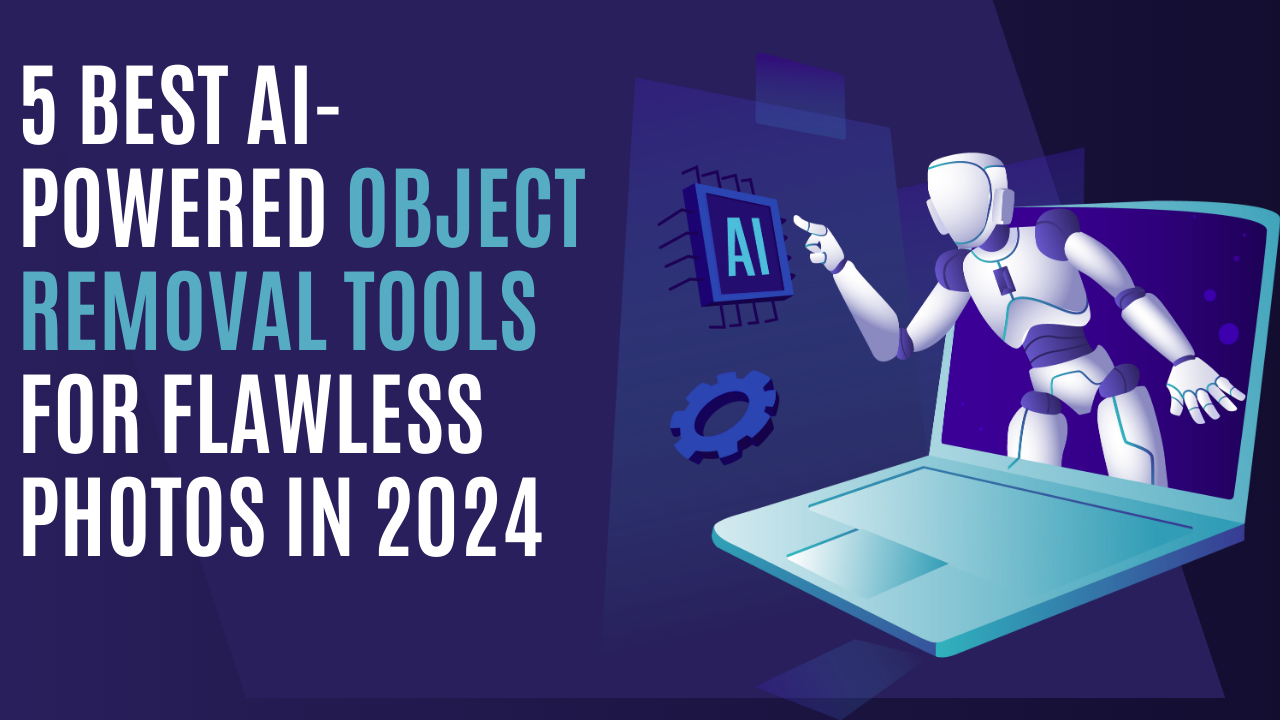In today's rapidly evolving technological landscape, businesses and organizations must strategically plan and adapt to remain competitive. One essential tool for achieving this is the technology roadmap. A technology roadmap is a dynamic visual representation of an organization's technology strategy, outlining its goals, objectives, and the path to achieve them over a specific time frame. This article delves into the "why" and "how" of creating and using technology roadmaps, highlighting their significance and providing a comprehensive guide for effective implementation.
The Significance of Technology Roadmaps:
1. Alignment with Organizational Goals: Technology roadmaps help align an organization's technological initiatives with its broader objectives. They provide a clear path for how technology can support and drive the company's mission, vision, and strategic goals.
2. Enhanced Decision Making: By providing a structured view of technology development, roadmaps facilitate informed decision-making. Stakeholders can prioritize projects, allocate resources, and anticipate potential risks and opportunities.
3. Resource Optimization: Technology roadmaps enable organizations to efficiently allocate resources, including budget, talent, and time. This prevents wastage and ensures that investments are in line with the organization's strategic priorities.
4. Competitive Advantage: Staying abreast of technology trends and advancements is crucial for remaining competitive. Technology roadmaps enable organizations to anticipate market shifts and ensure they are at the forefront of innovation.
Creating a Technology Roadmap:
1. Define Objectives: Before creating a technology roadmap, it's crucial to define your objectives. What do you aim to achieve with this roadmap? This could be anything from improving operational efficiency to launching a new product line.
2. Gather Stakeholder Input: Collaborate with key stakeholders, including executives, department heads, and technical experts. Their input is invaluable in shaping the roadmap and ensuring alignment with organizational goals.
3. Understand Current State: Evaluate your organization's current technological infrastructure, capabilities, and limitations. This assessment forms the baseline for your roadmap.
4. Set a Timeframe: Determine the timeframe for your roadmap, which could be short-term (1-2 years), medium-term (3-5 years), or long-term (5+ years). The timeframe should align with your objectives.
5. Identify Key Milestones: Break down your objectives into key milestones or goals. These should be specific, measurable, achievable, relevant, and time-bound (SMART) to track progress effectively.
6. Prioritize Initiatives: Not all goals can be pursued simultaneously. Prioritize your milestones based on their importance and feasibility. Consider factors like cost, resource availability, and potential impact on the organization.
7. Allocate Resources: Determine the resources required for each milestone, including budget, personnel, and technology. Ensure that the allocation is realistic and within the organization's capacity.
8. Timeline: Create a timeline that outlines when each milestone should be achieved. This provides a structured view of how the roadmap will unfold over time.
9. Dependencies: Identify dependencies between different initiatives. Recognizing these relationships helps prevent bottlenecks and ensures smooth progress.
10. Risk Assessment: Evaluate potential risks that may affect the roadmap's execution. Develop contingency plans and mitigation strategies to address these risks.
Using a Technology Roadmap:
1. Communication: Share the roadmap with all relevant stakeholders to ensure alignment and understanding. Effective communication helps garner support and buy-in from the entire organization.
2. Regular Updates: A technology roadmap is not set in stone. Regularly update it to reflect changes in technology, market conditions, or organizational priorities. This ensures its relevance and effectiveness.
3. Performance Monitoring: Continuously monitor the progress of your roadmap. Are you achieving the milestones as planned? If not, investigate the reasons and make necessary adjustments.
4. Resource Allocation: As projects progress, ensure that the allocated resources are being used effectively. Adjust resource allocation as needed to maintain efficiency.
5. Adaptability: Be prepared to adapt the roadmap if unforeseen circumstances or opportunities arise. A flexible approach is key to staying responsive in a rapidly changing environment.
6. Feedback Loop: Encourage feedback from the team and stakeholders. Use this input to refine the roadmap and make it more realistic and aligned with the organization's evolving needs.
7. Evaluation and Review: Periodically review the technology roadmap's effectiveness and impact on the organization. This will help determine if adjustments are needed to stay on track.
Common Challenges and Solutions:
1. Changing Technological Landscape: Technology evolves rapidly, and this can render a roadmap obsolete. The solution is to build flexibility into the roadmap, allowing for adjustments and updates as needed.
2. Resource Constraints: Limited resources can be a major challenge. Prioritization and resource allocation are crucial to make the most of what's available.
3. Resistance to Change: Some team members may resist the changes outlined in the roadmap. Effective communication and change management strategies can address this challenge.
4. Lack of Expertise: If the organization lacks the necessary technical expertise, consider outsourcing or hiring experts to support the roadmap's execution.
5. Scope Creep: Scope creep can lead to the roadmap becoming overly complex and delayed. Stick to the original objectives and milestones to prevent this.
Conclusion:
Technology roadmaps are indispensable tools for organizations seeking to leverage technology strategically and maintain their competitive edge. They provide a clear vision, align technology initiatives with organizational goals, and facilitate efficient resource allocation. However, it's essential to recognize that technology roadmaps are not static documents; they require continuous monitoring, adaptation, and a commitment to staying agile in the face of rapid technological change.
By following the steps outlined in this guide and addressing common challenges proactively, organizations can create and effectively use technology roadmaps to navigate the ever-evolving technological landscape, make informed decisions, and ensure long-term success.

















Post Comments